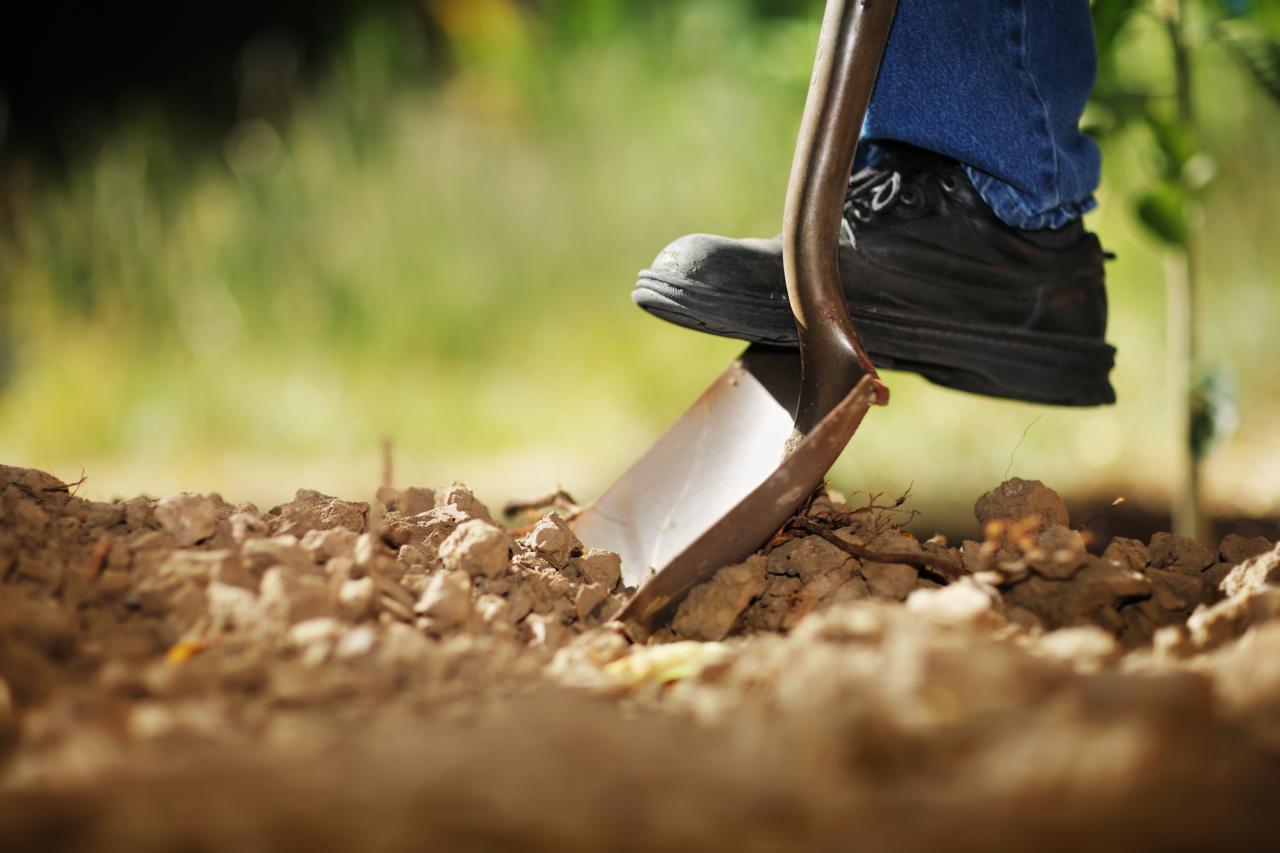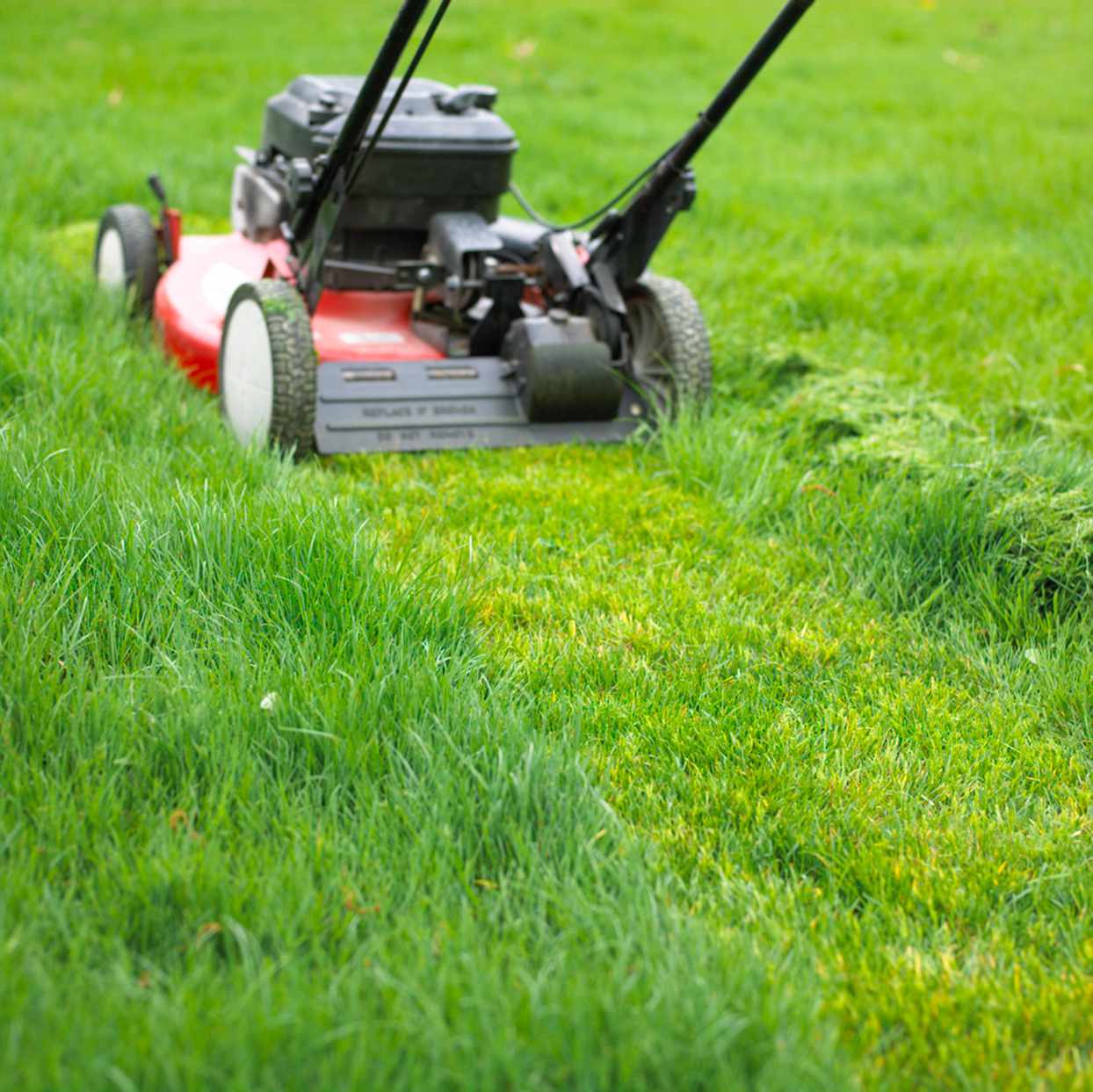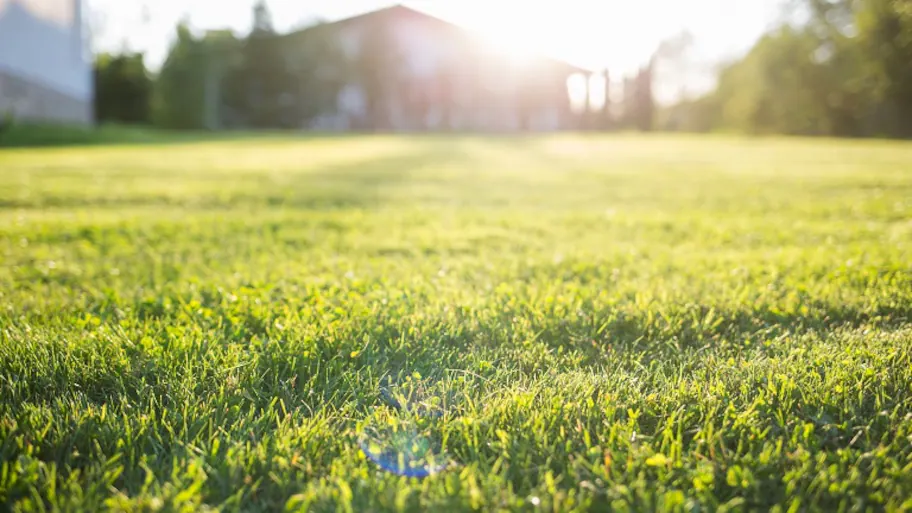Thicker, more luscious, healthier, and more attractive. If those statements reflect your yard goals, you might be closer to achieving them than you realize. It’s not difficult to turn thin, unhealthy grass into a thicker, healthier lawn.
Maybe you think the grass is always greener on the other side of the fence or property line when you look over at your neighbour’s yard. Now you don’t have to be concerned. These expert lawn care techniques can improve the health of your lawn and make the grass greener on both sides of the fence… maybe even yours.
1. Soil Improvisation
Take a suggestion from the pros and test your soil to get the most out of every step toward a thicker grass. Soil testing is a simple procedure that pays off handsomely in the form of thick, healthy grass growth. A soil test provides you with a precise starting point for your lawn’s specific requirements, as well as recommendations for addressing any underlying issues.


Contact your local extension office if you’re new to testing. They can help you get started with simple kits and information. The pH of your soil and other soil characteristics that can stifle thick, robust growth is revealed through testing. You may improve your soil without guesswork by following test recommendations.
2. Mowing Your Lawn
Mowing appears to be a straightforward task that you can’t possibly go wrong with. However, your mowing habits might have a significant impact on the performance of your grass. Proper mowing might result in thicker grass.


One of the most common blunders is cutting the lawn too short. Your grass can be overworked if you mow it too short. This can result in a dingy green or yellow tint, which is undesirable. It can also make weeds more likely, giving you more headaches than you need.
3. Overseeding
Overseeding is the process of putting grass seed into existing grass in order to thicken thin lawns or prevent them from becoming thin. New grass fills in the gaps between the existing grass, giving it a thicker, lusher feel and appearance.


Overseeding on a regular basis is the key to a beautiful lawn. Cool-season northern lawns should be overseeded in the fall and spring, while thin warm-season southern lawns should be seeded in the late spring. Overseeding is a great way to increase the condition of your grass and make it thicker.
4. Watering Properly
Your grass, like other plants, requires water. Grass requires the appropriate amount of water at the appropriate times.
Excess humidity can be created by watering at night, which is a recipe for turf disease development. When watering in the middle of the day, the water may evaporate too quickly before reaching the roots.


As a result, the optimal time is early in the morning, right before or during sunrise. This allows the grassroots to absorb the water, and as the sun rises, it will burn off any excess water remaining on the grass blades, preventing illness from developing overnight.
5. Fertilizing
Lawn grasses, like other plants, require nutrition, yet minerals in the soil are frequently washed away by rainfall and irrigation. Fertilizing your grass on a regular basis throughout the growing season helps to offer the nutrients it requires for thicker, healthier growth.


When overseeding your lawn, a starter fertilizer like Pennington UltraGreen Starter Fertilizer 22-23-4 aids in the rapid establishment of new grasses by promoting powerful root growth. Pennington Ultragreen Lawn Fertilizer 30-0-4 offers the nitrogen your lawn requires for the thick, green grass in established lawns.
6. Deal With the Shady Spots on Your Lawn
Occasionally, the conditions for lawn growth aren’t optimum. Perhaps the lawn grew up around small trees, but as those trees grew taller, they cast more shade on the lawn, limiting sunlight availability. For thicker, greener grass, sunlight, water, and fertilizers are required. If you take one away, you won’t be able to complete your task.
Increase the amount of sunshine that reaches these lawn areas by raising or decreasing the tree canopy. However, it’s possible that decreasing the tree canopy isn’t enough. You might have a spot where grass doesn’t grow nicely.
Also Read: Edge Your Lawn With These 10 Easy Steps.



